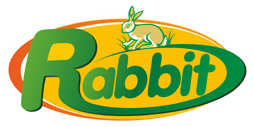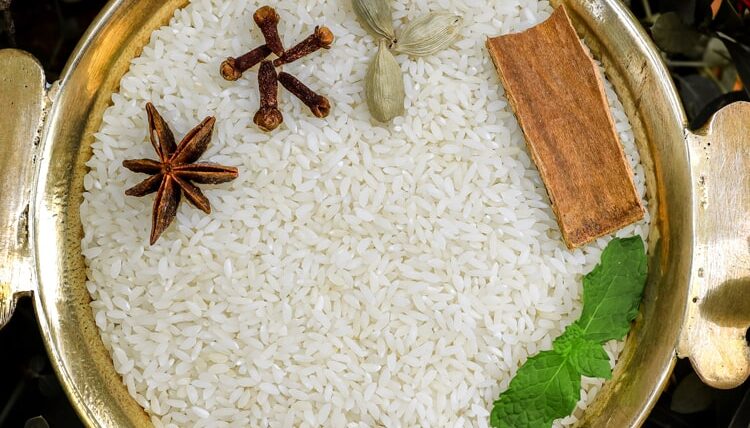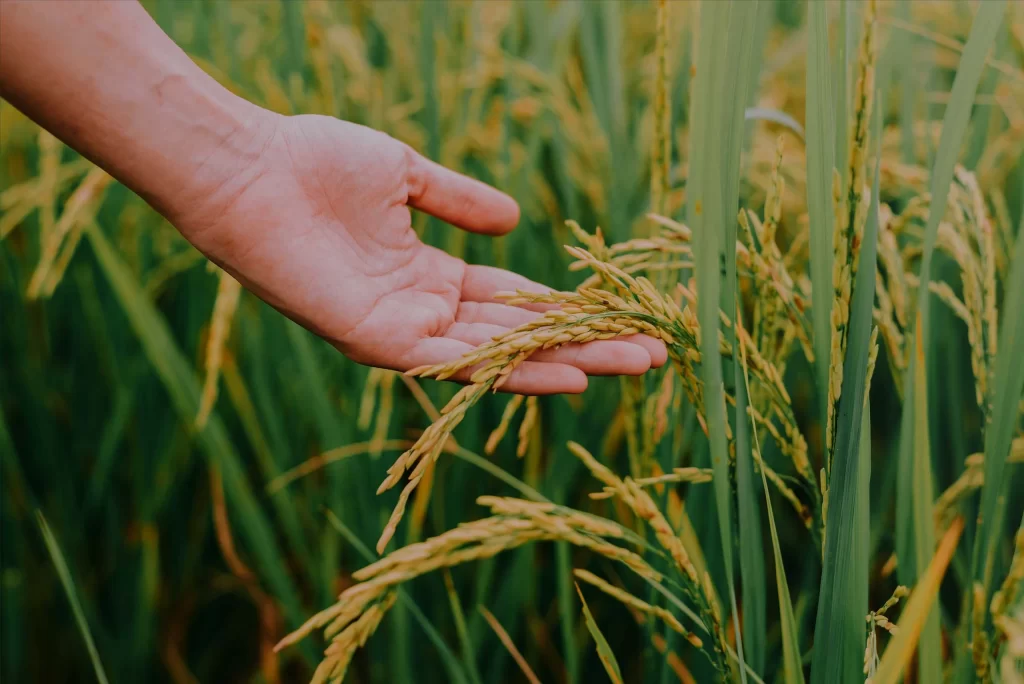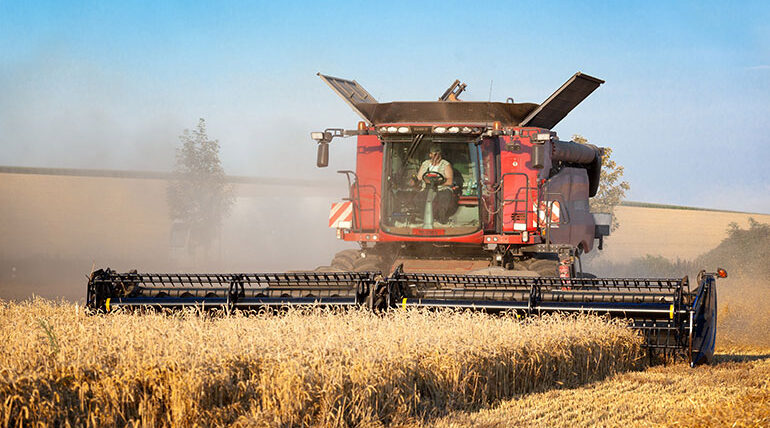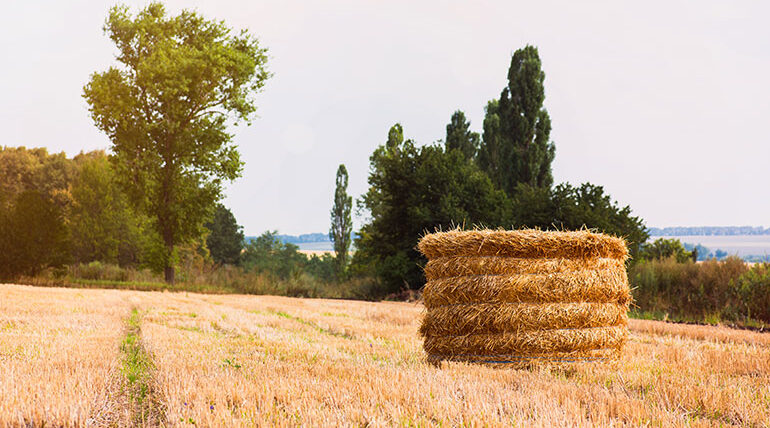Palakkad Matta Rice versus White Rice: Which is Healthier?
Rice has become a staple food in many diets across the world, and selecting the right type can have a tremendous effect on your health. There are countless rice varieties available, but Palakkad Rice – also known as Kerala Matta or Rose Matta rice – is unique in its color, texture, and nutrients. So how does it stack up to white rice, one of the most commonly used rice? We’ll examine how they are different and, hopefully, come to a conclusion about which is healthier.
Nutritional Comparison
Palakkad Rice is unique because it is famous for preserving its outer bran layer which gives it a reddish color and possesses an excellent nutrient profile. White rice, on the other hand, is extensively milled and polished so that the bran and germ layers are removed completely losing vital nutrients in the process.
Health Benefits of Palakkad Matta Rice
1. High in Fiber:
Palakkad rice has a higher amount of fiber than white rice, which assists digestion, boosts regularity, and can provide a longer sense of fullness, assisting your body in maintaining a healthy metabolism.
2. Heart Health:
With lower amounts of fat, saturated fat, and cholesterol than white rice, Matta rice is a heart-friendly choice, as it assists your body in preventing plaque from building in your arteries, which can lead to heart disease. Source: Keerthi Nirmal
3. Blood Sugar Control:
The higher content of fiber in Matta rice slows how quickly sugars are absorbed into your bloodstream, allowing for better blood sugar control for someone with diabetes. As a rule-of-thumb, the higher the fiber content, the better the source is for helping with blood sugar control.
4. Stronger Bones:
Comparing its calcium content, Matta rice is higher than white rice, which means it may provide better bone health due to the higher amount of calcium. Source: Keerthi Nirmal
5. Antioxidants & Phytochemicals:
Palakkad rice is a rich source of the benefits of antioxidants, such as anthocyanins, which help fight free radicals that can lead to chronic disease. Source: Netmeds
6. Source of B Vitamins:
Comparing Matta rice to white rice, Matta rice is an excellent source of vitamins A & B which are all essential for a healthy functioning immune system; eye health; and maintaining metabolism. Source: The Better India
Factors to Consider When Choosing Matta Rice vs. White Rice
While Matta rice definitely has health benefits, individual preference and dietary requirements should always be considered:
- Cooking time and texture:
Matta rice has a coarser texture and cooking time than white rice. Its flavor may be too earthy for some.
- Availability:
Depending on where you live, you might not have access to Matta rice, or it could be harder to find than white rice.
- Dietary goals:
If nutrient density and health benefits are your primary focus, then Matta rice is the better choice.
For those looking for milder flavor and softer texture, white rice is likely the better choice.
In the case for Palakkad rice vs. white rice, Matta rice is the healthier choice that offers more nutrients, higher fiber content, and health benefits. Choosing Matta rice over white rice contributes to improved digestion, heart health, blood sugar regulation, and is good for bones.
If you’re ready to gain the health benefits associated with Palakkad rice, try obtaining it from Rabbitmill because they provide real and good quality Matta rice. Choose the better choice for a better you.
Disclaimer: Always consult with a doctor or registered dietician prior to making major dietary changes.
